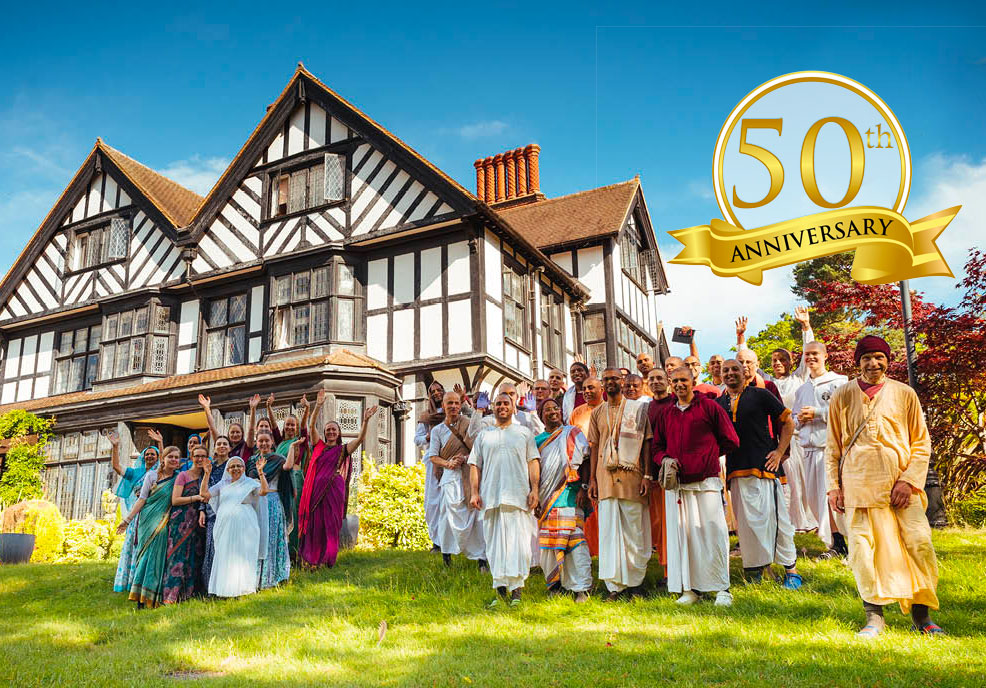September 2023 - 50th Anniversary Celebration of the Manor
Naresh Chadha:
The history I am sharing is a testament to the dedication and perseverance of the Bhaktivedanta Manor community and its supporters in the face of challenges to uphold their right to worship. The journey to secure the “Freedom of Worship” Victory for the temple after 27 years and 5 months is indeed a remarkable achievement, demonstrating the power of collective action and the importance of preserving one’s cultural and religious heritage. The efforts of “Save the Temple” and the subsequent “Hare Krishna Temple Defense Movement” (HKTDM) reflect the commitment to protect and sustain the temple against closure threats from the local council and the government.
The fact that it took significant financial resources, costing a million pounds, underscores the magnitude of the battle and the lengths to which the community was willing to go to defend their rights. As a former Chairman of HKTDM, your role as Committee Members of HKTDM in leading this movement and your commitment to ensuring that the hardships faced by the Hindu community are remembered is commendable.
Creating a website to document and remember the struggles faced by the Hindu community at Bhaktivedanta Manor is a meaningful initiative. It ensures that the sacrifices and challenges endured by the community are not forgotten and that the lessons learned from this journey can continue to inspire future generations.
The campaign’s logo, “Mam Anusmara Yudhya – Remember me and Fight,” draws parallel to Lord Krishna’s message to Arjuna in the Bhagavad Gita, emphasizing the importance of remembrance and resilience in the face of adversity. This connection between faith and the campaign’s message adds a spiritual dimension to the struggle for justice.
The broad support from Hindus across the UK, India, South Africa, Europe, and even non-Hindus who joined in the cause, speaks to the universal significance of the battle for the right to worship and the fight against injustice.
My story highlights the power of community, the determination to preserve cultural and religious heritage, and the importance of passing down these stories of resilience to the younger generations. It serves as an inspiring example of how collective efforts can bring about positive change and protect the values that matter most.

